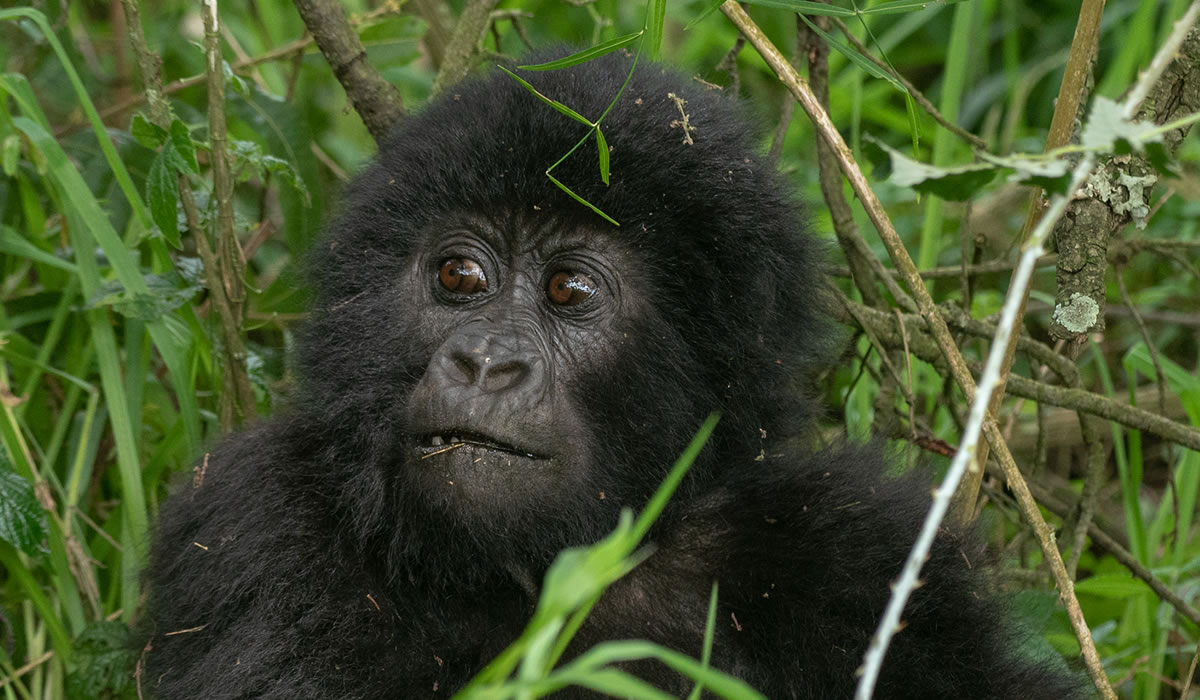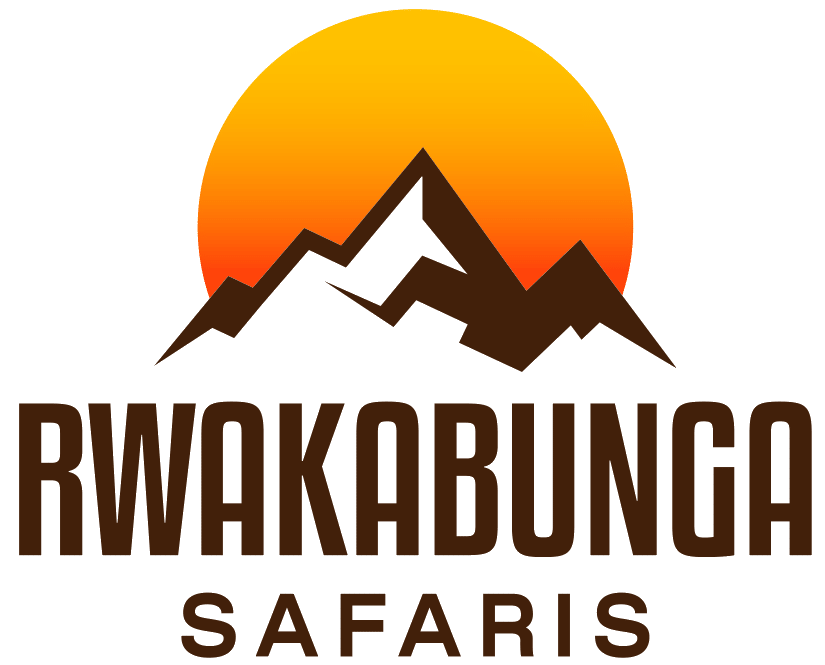Gorilla trekking in Uganda is one of the most captivating wildlife experiences in Africa, offering tourists a rare opportunity to encounter endangered mountain gorillas in their natural habitat. Uganda, often called the Pearl of Africa, is home to more than half of the world’s remaining mountain gorillas, making it the premier destination for gorilla trekking. The lush rainforests of Bwindi Impenetrable National Park and Mgahinga Gorilla National Park provide the perfect backdrop for this unforgettable adventure. For tourists seeking a once-in-a-lifetime wildlife experience, gorilla trekking in Uganda is an extraordinary journey filled with emotion, discovery, and natural beauty.

The Magic of Mountain Gorillas
Mountain gorillas are among the most intelligent and gentle primates on earth. They share about 98 percent of their DNA with humans, which makes interactions with them deeply emotional and awe-inspiring. Watching a silverback protect his family, observing playful infants, and seeing mothers nurture their young offers a glimpse into the strong social bonds and communication skills of these majestic creatures. Uganda’s gorilla families are well habituated, meaning they are accustomed to human presence, allowing tourists to observe them at close range without disturbing their natural behavior.
Best Destinations for Gorilla Trekking in Uganda
The two main destinations for gorilla trekking in Uganda are Bwindi Impenetrable National Park and Mgahinga Gorilla National Park. Bwindi, a UNESCO World Heritage Site, is the most popular and widely visited park for gorilla trekking. It is located in the southwestern part of Uganda and covers over 320 square kilometers of dense tropical rainforest. Bwindi hosts about 20 habituated gorilla families, each led by a dominant silverback. The park is divided into four sectors: Buhoma, Ruhija, Rushaga, and Nkuringo, each offering unique trekking routes and accommodation options.
Mgahinga Gorilla National Park, though smaller, is equally fascinating. It is part of the larger Virunga Conservation Area, which extends into Rwanda and the Democratic Republic of Congo. Mgahinga is home to the Nyakagezi Gorilla Family, known for its mobility and large number of silverbacks. The park also offers scenic views of the Virunga Volcanoes and the chance to see golden monkeys, adding variety to the trekking experience.
The Gorilla Trekking Experience
Gorilla trekking in Uganda typically begins early in the morning with a briefing at the park headquarters. Tourists are assigned to groups of up to eight people and led by experienced guides and trackers who have an intimate knowledge of the forest and the gorillas’ movements. The trek can take anywhere from 1 to 6 hours, depending on the location of the gorilla family. Along the way, tourists encounter dense vegetation, streams, and sometimes steep slopes, making the trek both physically demanding and thrilling.
When the gorillas are finally located, tourists are allowed to spend one unforgettable hour observing them. During this time, it is essential to keep a safe distance of about seven meters, avoid flash photography, and remain quiet to minimize disturbance. The experience is often described as humbling and transformative, as tourists witness the gorillas interact in their family groups, feeding, grooming, or simply resting.
Gorilla Permits and Regulations
To participate in gorilla trekking in Uganda, tourists must obtain a gorilla trekking permit. The permit is issued by the Uganda Wildlife Authority (UWA) and costs USD 800 per person as of 2025. Permits are limited to protect the gorillas and their habitat, so booking several months in advance is strongly recommended, especially during peak seasons from June to September and December to February.
Strict rules are in place to ensure the safety of both the gorillas and the tourists. Visitors with contagious diseases such as flu are not allowed to trek since gorillas are highly susceptible to human illnesses. Tourists are advised to maintain a respectful distance, avoid direct eye contact, and follow the guides’ instructions at all times. These measures help preserve the natural behavior of the gorillas and contribute to conservation efforts.
Best Time to Go Gorilla Trekking in Uganda
Gorilla trekking in Uganda is possible throughout the year, but the best time to visit is during the dry seasons from June to September and December to February. During these months, the forest trails are drier and more accessible, offering better trekking conditions. However, since Bwindi and Mgahinga are tropical rainforests, rain can fall at any time, so tourists should always come prepared with waterproof clothing and sturdy hiking boots.
The wet seasons from March to May and October to November are less crowded and offer discounts on accommodation and other services. The vegetation is lush and the scenery vibrant, making this period ideal for photographers and tourists seeking a more private experience.
Accommodation and Logistics
Uganda offers a wide range of accommodation options for tourists on gorilla trekking safaris, from luxurious eco-lodges to mid-range hotels and budget-friendly camps. In Bwindi, lodges such as Sanctuary Gorilla Forest Camp, Buhoma Lodge, and Clouds Mountain Gorilla Lodge provide comfort and breathtaking views of the forest. In Mgahinga, options like Mount Gahinga Lodge combine elegance with proximity to the park’s entry points.
Most gorilla trekking safaris begin in Kampala or Entebbe, with a scenic 8 to 10-hour drive to the southwestern parks. Alternatively, tourists can take a domestic flight from Entebbe or Kajjansi Airstrip to Kihihi or Kisoro airstrips, which are close to Bwindi and Mgahinga. Reputable tour operators handle all logistics, including transportation, permits, guides, and accommodation, ensuring a smooth and stress-free adventure.
Conservation and Community Involvement
Gorilla trekking in Uganda plays a crucial role in conservation and community development. A significant portion of the permit fees goes directly to funding the Uganda Wildlife Authority’s conservation programs and supporting local communities living around the parks. These funds help protect gorilla habitats, support anti-poaching efforts, and promote sustainable tourism practices.
Community-based initiatives such as the Bwindi Community Hospital and Ruhija Batwa Experience demonstrate how tourism benefits local people. The Batwa, an indigenous group that once lived in the forest, now engage in cultural tourism activities that allow them to share their heritage with visitors while earning income. This integration of tourism and community development ensures that gorilla conservation remains a shared responsibility and source of pride.
What to Pack for a Gorilla Trek
Proper preparation is essential for a successful gorilla trek. Tourists should pack lightweight, breathable clothing in earthy colors, long-sleeved shirts and trousers to protect against insect bites, and sturdy waterproof hiking boots for navigating muddy terrain. A rain jacket, gloves, a hat, insect repellent, and a reusable water bottle are also highly recommended. Cameras with extra batteries and memory cards are essential for capturing the incredible moments, but flash photography is prohibited. Porters are available to help carry backpacks, providing much-needed support while creating employment opportunities for local residents.
Combining Gorilla Trekking with Other Safaris
Uganda offers more than just gorilla trekking. Tourists can combine their trek with other exciting wildlife safaris in Queen Elizabeth National Park, Murchison Falls National Park, or Kibale Forest National Park. These destinations provide opportunities to see the Big Five, chimpanzees, and hundreds of bird species. A combination tour allows tourists to experience Uganda’s diverse landscapes, from savannah plains to volcanic mountains and tropical forests, creating a well-rounded safari adventure.
Why Choose Uganda for Gorilla Trekking
Uganda stands out as one of the most authentic and rewarding destinations for gorilla trekking in Africa. The country’s stable environment, friendly people, and commitment to conservation make it a top choice for eco-tourists. Compared to neighboring Rwanda and the Democratic Republic of Congo, Uganda offers more gorilla families to visit, more diverse trekking options, and competitive permit prices. Moreover, the experience is complemented by Uganda’s stunning scenery, from misty highlands to sparkling lakes and lush jungles.
Gorilla trekking in Uganda is not just a wildlife encounter, it is a transformative experience that connects tourists with nature in a profound way. Standing just a few meters from a family of mountain gorillas in the misty forests of Bwindi or Mgahinga is an emotional and unforgettable moment. Beyond the adventure, gorilla trekking contributes to the protection of endangered species and the empowerment of local communities. For anyone seeking the ultimate African safari experience, Uganda’s gorilla trekking promises magic, meaning, and memories that will last a lifetime.

